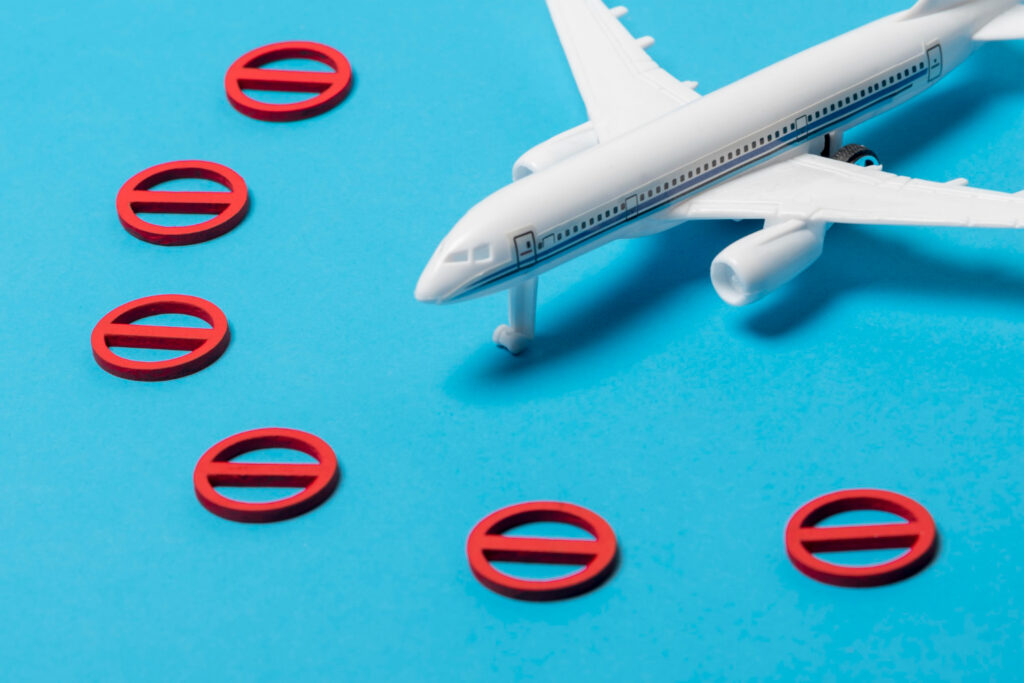Air travel is one of the safest ways to move across countries and continents. Still, every now and then, unexpected situations force airlines to make decisions that draw public attention. One such event was the United Airlines Flight UA770 emergency diversion. When this flight made an unplanned landing, it quickly became a topic of discussion among travelers, news outlets, and aviation watchers.
The incident highlighted how modern aviation deals with challenges in real time, balancing passenger safety with operational efficiency. While diversions may sound alarming, they are part of well-rehearsed safety protocols that airlines and crews are trained to handle. The United Airlines Flight UA770 emergency diversion is an example that reminds travelers why preparation and clear communication matter in the skies.
Details of the Emergency Diversion
The United Airlines Flight UA770 was operating a scheduled route when circumstances forced it to divert from its original path. While the exact cause varied across reports—ranging from technical irregularities to possible medical needs—the main point was that the diversion was executed smoothly, without panic and without major harm.
Diversions are not unusual in aviation. They can occur due to weather changes, unexpected mechanical checks, medical emergencies, or air traffic instructions. In this case, the UA770 emergency diversion was carried out by following standard operating procedures. The aircraft landed at an alternate airport, where passengers were kept informed and assisted by airline staff.
The details of the diversion drew attention not because it was unique, but because flight numbers tend to become memorable whenever something unscheduled happens. Passengers later described their experience, and media outlets covered the story with varying emphasis on safety, inconvenience, and operational impact.
How Crew and Passengers Experienced the Diversion?
Inside the cabin, the situation was managed with professionalism. The crew of United Airlines Flight UA770 reassured passengers, providing clear updates about why the diversion was happening and what steps were being taken. This approach helped reduce anxiety, which is often the biggest challenge during unexpected in-flight events.
Passengers later shared that while there was initial concern, the calm tone of the flight attendants and pilots made a difference. Instead of confusion, most travelers described the diversion as more of an inconvenience than a frightening ordeal. This shows how vital communication and training are during such events.
The crew’s actions reflect United Airlines’ broader training programs, which prepare staff to handle everything from turbulence to diversions. For passengers, the most noticeable part was that the process felt organized rather than chaotic.
Safety Measures Taken During the Event
Safety is always the top priority in aviation, and the United Airlines Flight UA770 emergency diversion was no exception. As soon as the decision was made to divert, the cockpit crew coordinated with air traffic control to ensure a safe reroute. Cabin crew followed safety protocols, securing the cabin, checking passenger needs, and preparing for the landing.
United Airlines also activated ground teams to assist at the diversion airport. These teams helped passengers rebook flights, arranged accommodations if needed, and worked to minimize disruption. The entire process was built on systems designed to protect travelers and ensure smooth handling of emergencies.
This incident underscores how airlines practice safety not just in theory but in execution. A diversion may inconvenience passengers, but it also demonstrates the safety-first culture that aviation regulators demand and airlines maintain.
Impact on Flight Operations and Scheduling
One of the direct results of the United Airlines Flight UA770 emergency diversion was the effect on schedules. The diversion caused delays, affected passenger connections, and required operational adjustments. Some travelers missed onward flights, while others needed new itineraries.
For the airline, the diversion meant repositioning aircraft and crew. Such situations often ripple across schedules, causing temporary disruptions. However, major carriers like United have contingency plans to minimize the impact. While passengers may face delays, these are usually offset by the reassurance that safety was prioritized.
From an operational standpoint, a diversion is costly. It involves fuel use, airport handling fees, and possible compensation. Still, airlines accept these costs because passenger safety and trust matter more than punctuality in such cases.
Official Statements and Airline Response
After the UA770 emergency diversion, United Airlines released official statements to clarify what happened. The airline emphasized that the diversion was a precautionary measure and that passenger safety was never at risk. Aviation authorities also confirmed that the event was handled according to regulations.
United Airlines highlighted how quickly their teams responded, both in the air and on the ground. Such transparency is important in modern aviation communication, especially in the digital age where news spreads instantly on social media. By sharing timely updates, United reinforced trust with its passengers and the wider public.
Passenger Reactions and Media Coverage
Passengers shared mixed reactions. Some expressed relief that the diversion was handled smoothly, while others voiced frustration over missed connections. Overall, the majority acknowledged that safety came first, even if travel plans were affected.
Media coverage amplified the story, with headlines focusing on the United Airlines Flight UA770 emergency diversion. Many reports highlighted how calmly the situation unfolded. Social media posts, often more immediate than official statements, gave a passenger’s-eye view of the diversion. These personal accounts added to the public understanding of the event.
The incident also became a point of discussion in aviation forums, where experts analyzed the likely causes and praised the professionalism of the crew. This blend of personal stories and expert commentary made the event widely visible online.
Lessons Learned from United Airlines Flight UA770 Emergency Diversion
Every diversion offers lessons for both airlines and travelers. For United, the UA770 diversion showed that procedures work when followed correctly. It also reinforced the value of clear passenger communication. For travelers, the lesson is that diversions are not signs of danger but safety-driven choices.
The incident highlights a key point in modern aviation: preparedness matters more than prediction. Airlines cannot prevent every irregularity, but they can prepare for how to respond. The United Airlines Flight UA770 emergency diversion is a reminder of the strength of that preparedness.
For broader air travel safety, the event illustrates how international standards and strict training contribute to making aviation one of the safest forms of transport. Diversions, while inconvenient, are proof of systems working as intended.
Conclusion
The United Airlines Flight UA770 emergency diversion stands as an example of aviation safety in action. Though it caused delays and drew media attention, the event demonstrated the professionalism of the crew, the readiness of airline procedures, and the resilience of passengers.
In the end, what matters most is that everyone arrived safely. For travelers, the takeaway is reassurance: when diversions happen, they are guided by one principle above all—safety. The UA770 incident adds to the long history of aviation proving that unexpected events can be managed calmly and effectively.
FAQs
1. What caused the diversion of United Airlines Flight UA770?
Reports suggest the diversion was due to precautionary reasons, possibly linked to technical checks or a passenger health issue. Airlines often do not disclose full technical details but confirm that safety was the priority.
2. Were there any injuries reported during the diversion?
No injuries were reported. Passengers and crew were safe throughout the event.
3. How did United Airlines handle the situation after landing?
United provided support at the diversion airport, including rebooking assistance and customer care for passengers with missed connections.
4. What airport did Flight UA770 divert to?
The flight diverted to an alternate airport en route, selected for its ability to handle the aircraft and provide immediate support. The exact location varied by reporting source but was managed according to aviation protocols.
5. How often do emergency diversions like this occur?
Emergency diversions happen occasionally, but they are not common. When they do occur, they are handled with established procedures, making them more of a safety precaution than a crisis.




